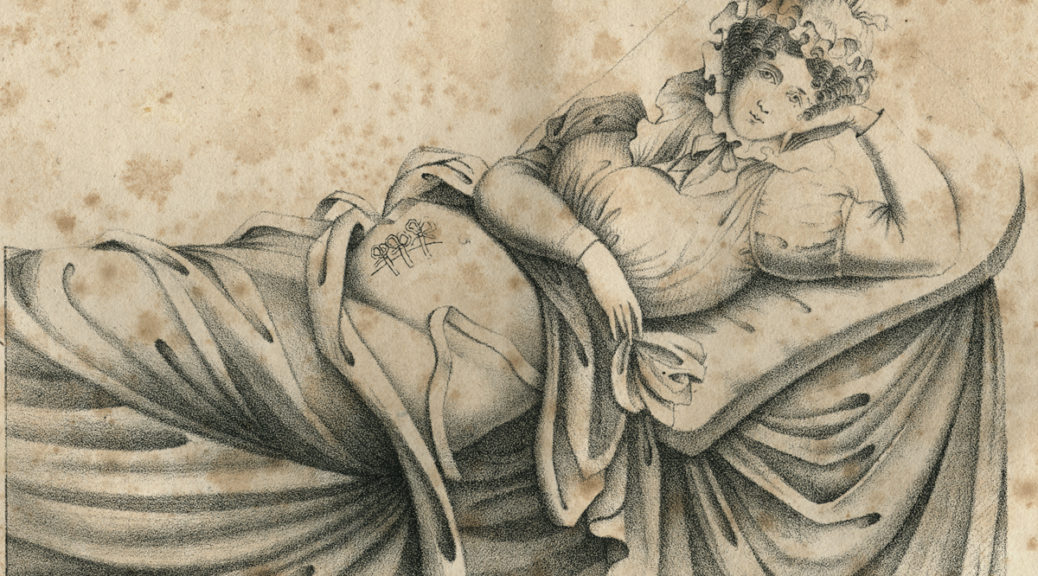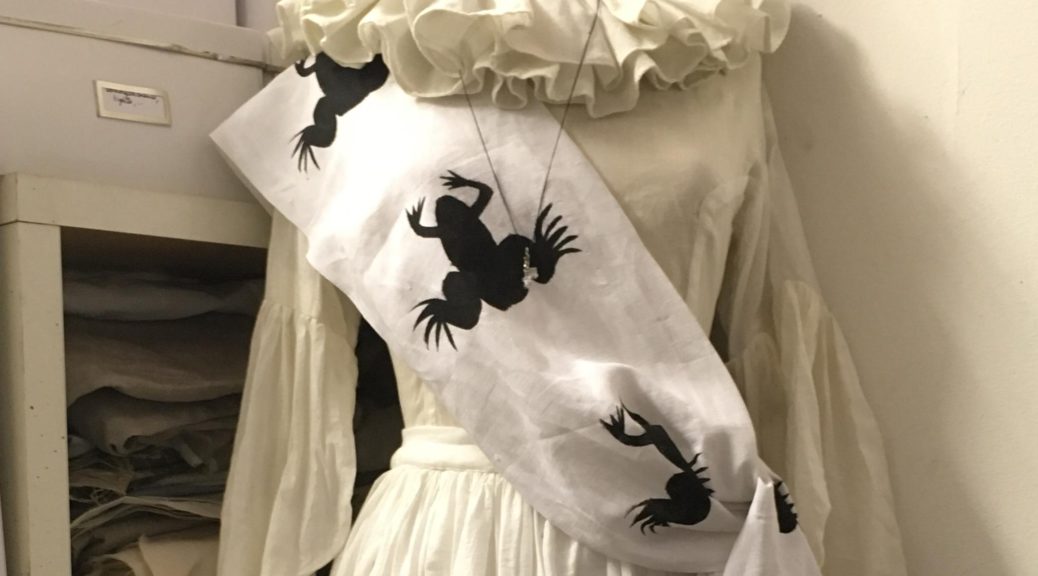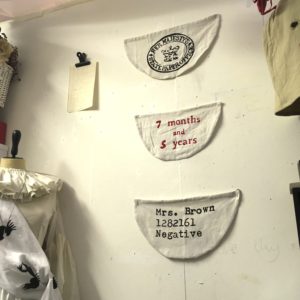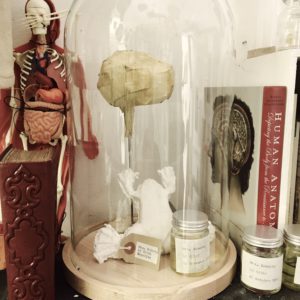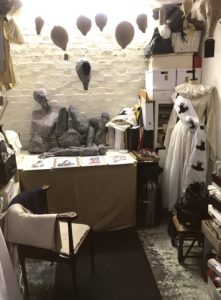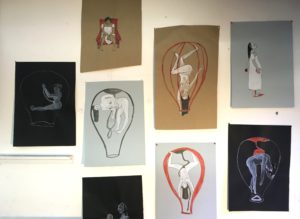Call for artists
How do we materialise the history of a subject which leaves few material traces? In the past, conception, pregnancy and birth were largely private experiences, perhaps further obscured by their ephemerality, as well as the secrecy and partial medical knowledge surrounding them. Recovering their histories means considering their material traces, no matter how absent.
We invite artists to join and collaborate with a network of academics from history, architecture, literature, art and art history, to examine and elaborate the meaning of the objects, spaces, descriptions and other archival materials left behind by maternity. The academic contributors have suggested a range of objects that they would like to share – from eighteenth-century letters, to a caul, to uterine membranes, to an original pregnancy testing kit – and we are hoping you would like to respond with discussions and new artworks. The aim would be to contribute ‘work in progress’ and processes of thinking at a two-day symposium/workshop. The selected artists will be asked to participate in the 2-day event by presenting early research/work they have produced as a result of their engagement with one or more of the proposed objects. Completed artworks will be displayed alongside the historical objects and materials to which they respond in a later event, in June 2018.
Unfortunately we cannot pay fees and expenses at this stage, but may be able to pay artists’ expenses for the 2nd event in 2018. There will be no fees charged of collaborating artists.
For full information about this call for collaboration and how to apply please email Dr Isabel Davis (drbeldavis@gmail.com).
Deadline: 8th September 2017.
Featured image: A Cesarean patient prior to dressing the wound. From Edward Siebold, Abbildungen aus dem gesammtgebiete der theoretisch-praktischen geburtshülfe, 1829.
[This image was reproduced from the U.S. National Library of Medicine]
